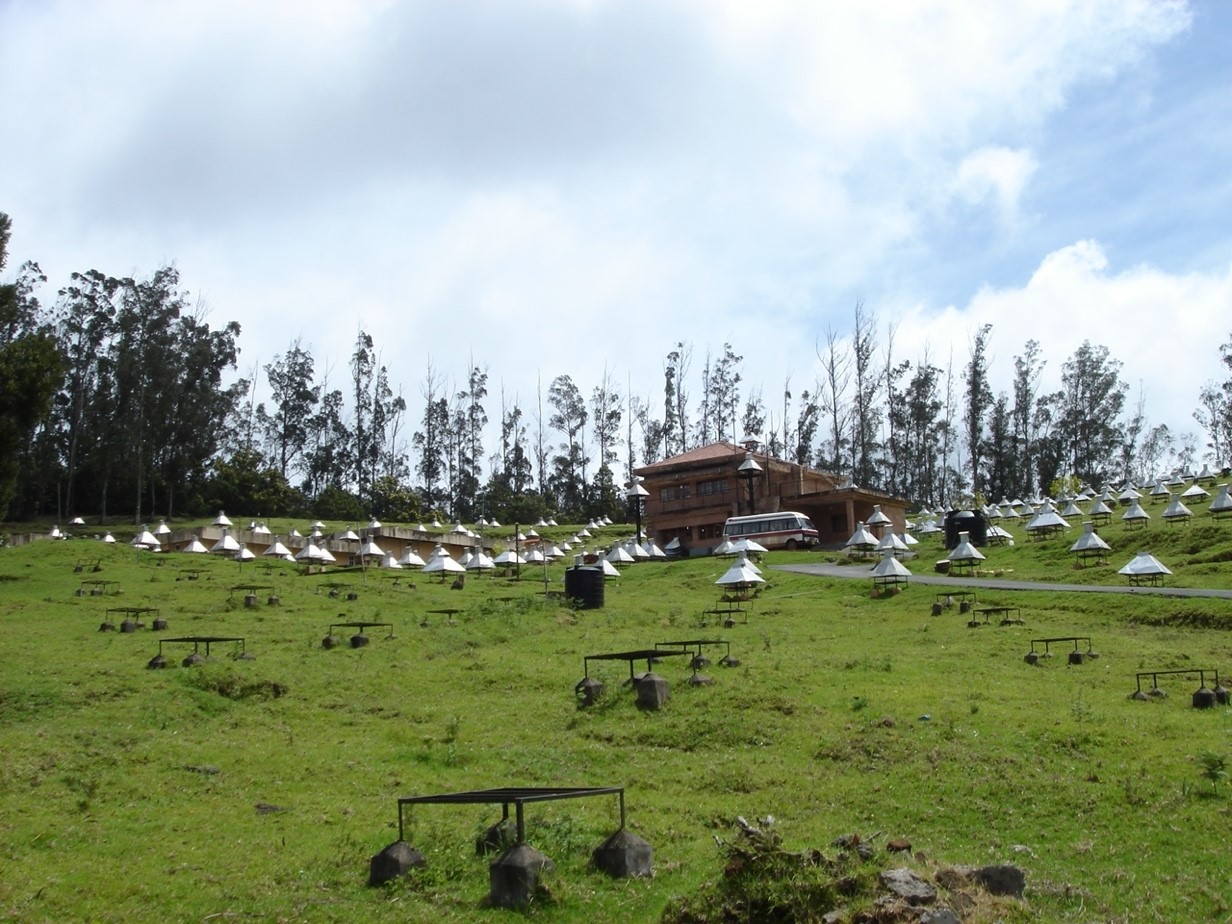Free Courses Sale ends Soon, Get It Now


Free Courses Sale ends Soon, Get It Now



Disclaimer: Copyright infringement not intended.
Context
Details
About GRAPES-3
Objectives:
Overview:
Conclusion
In summary, the GRAPES-3 experiment represents a significant endeavor in the field of cosmic ray research, aiming to unravel the mysteries surrounding the origin, acceleration, and properties of cosmic rays across different astrophysical settings.
|
PRACTICE QUESTION Q. Discuss the significance of the GRAPES-3 experiment conducted by the Tata Institute of Fundamental Research in advancing our understanding of cosmic-ray physics. (250 Words) |
© 2024 iasgyan. All right reserved